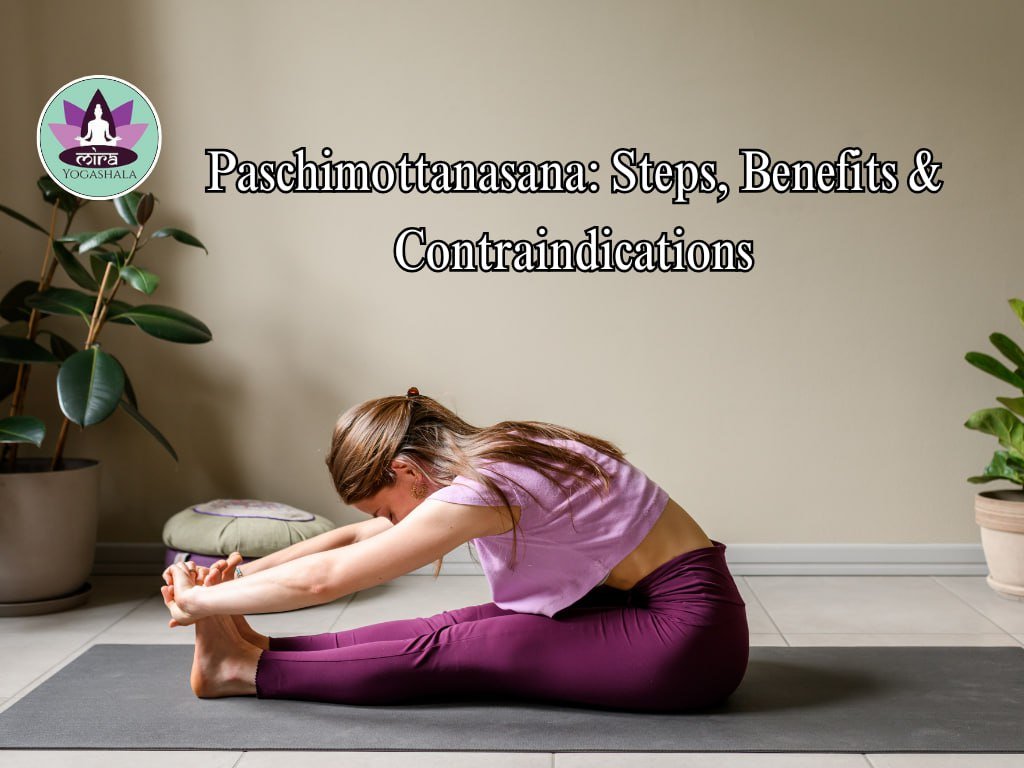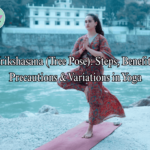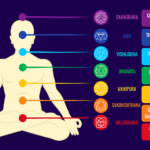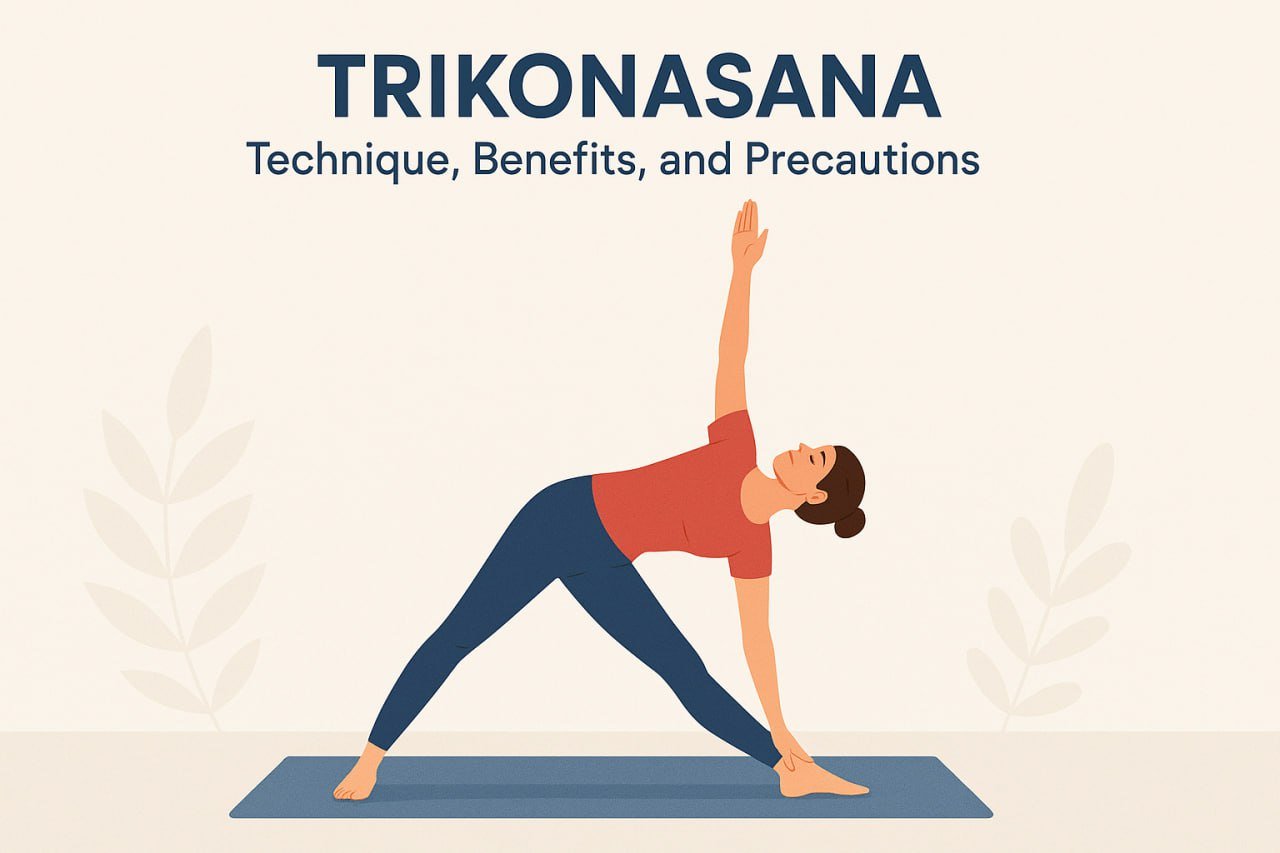When we think about yoga, there is one of the most powerful, refreshing, and simple forward bending poses that comes to our mind is Paschimottanasana. Usually called the seated forward bend pose, this asana helps with stretch the spine, calm our mind, and bring balance to the body.
“Summary- In this blog we will explore what is Paschimottanasana, its step by step practice, its amazing benefits, and important cautions you should know before trying it.”
What is Paschimottanasana?
The word Paschimottanasana comes from Sanskrit, where ‘Paschima’ refers to the west or back of the body, ‘Uttana’ refer to stretch and ‘Asana’ used for posture or pose.
So Paschimottanasana means to the intense stretching of the back area. In this yoga pose, we need to sit with legs extended forward and bend the upper body to the toes. This classic pose is used in Hatha Yoga, mainly known for stretching the entire back body from head to toes.
Paschimottanasana Steps (How to Do It):
If you are a beginner and practicing Paschimottanasana yoga, there are some steps you need to keep in your mind while practicing this pose:
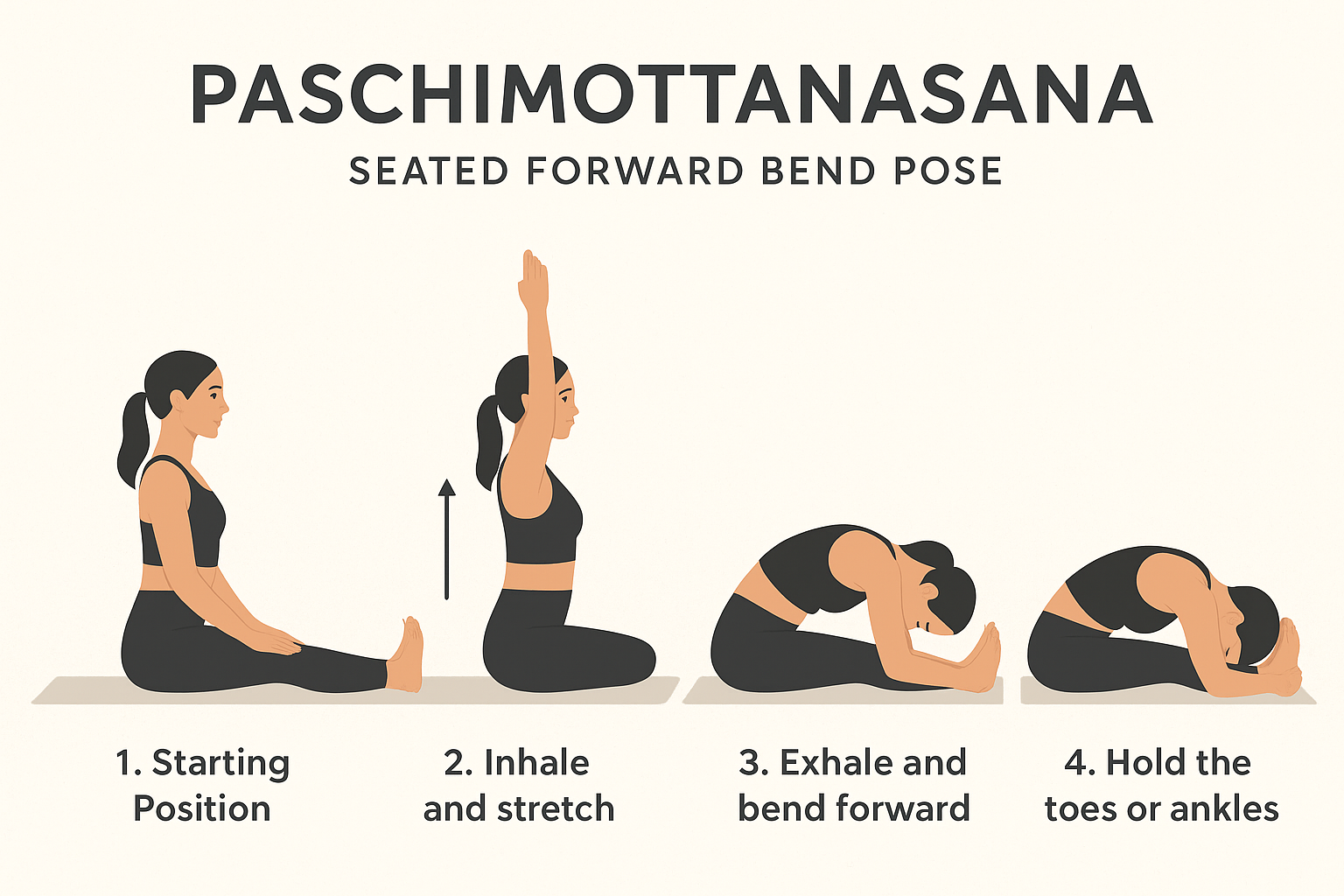
- Starting Position: Firstly you need to sit on your yoga mat with your spine straight and legs stretched out in front of you. Keep your both feet together.
- Inhale and Stretch: Raise your both arms over your head while keeping them straight. Stretch your spine upward to extending the body.
- Exhale and bend forward: Slowly bend your body from your hips, not the waist, bend so you can touch your feet.
- Hold the Toes or Ankles: Hold your toes if possible, grab them with your hands. If not then hold your ankles without straining.
- Rest the head: try to put your fore-head close to your knees while starching the spine straight.
- Stay in the Pose: Hold this position for 20 – 30 seconds (or longer if you can) and breathe deeply.
- Release: slowly come back to the sitting position with arms raised, then bring them down slowly while inhaling.
Note- Don’t push your body in to Paschimottanasana forcefully. Flexibility comes with consistent practice.
“If you are looking to increase your yoga practice and want to explore the philosophy behind yoga poses like Paschimottanasana yoga, Mira Yogashala offers structured programs and expert guidance. On the other hand, if you want to explore programs such as Yoga Teacher Training in Rishikesh at Mira Yogashala, they are perfect for mastering both asana practice and yogic wisdom. You can join us by visiting:”
- 100 hour Yoga Teacher Training course in Rishikesh
- 200 hour Yoga TTC in Rishikesh
- 300 hour YTTC in Rishikesh
- 500 Hour Yoga Course in Rishikesh
You can also visit our Retreat Programs in Rishikesh
Paschimottanasana Benefits:
If you Practice Paschimottanasana yoga daily, this can bring multiple physical and mental benefits:
- Improves Flexibility – it helps to stretch the spine, hamstrings, and calf muscles.
- Improve Digestion – it can improve appetite and digestion by gently massaging the abdominal organs.
- Relieves Stress & Anxiety – This forward bending can have a calming effect on the nervous system.
- Supports weight management – This yoga helps you to reduce belly fat by toning the abdominal region.
- Boosts Blood Circulation – it can improve energy flow in the spine and improve vitality.
- Therapeutic for Diabetes & hypertension – Practicing this yoga regularly may help you manage blood sugar and blood pressure issues.
- Improves Posture – corrects your spinal alignment and reduces stiffness in the back area.
Paschimottanasana Contraindications
Where Paschimottanasana is highly beneficial, it may not be suitable for everyone. Here are some precautions before practicing this asana:
- Avoid if you have any back pain or slipped disc.
- Not for those who have asthma or breathing issues.
- Pregnant women should avoid forward bending.
- People who have abdominal surgeries, ulcers, or hernia should not practice this yoga pose.
- Do not push your body off to your limits, if you are new to yoga or lack flexibility.
Always ask a yoga instructor or healthcare professional before starting any new yoga practice.
Conclusion
Paschimottanasana is more than just a forward bending; it’s a journey to teaching patience, self-awareness, and calmness. Consistent practice of Paschimottanasana yoga can enhance flexibility in your body, improve digestion, and supports mental clarity.
FAQ
1. What is Paschimottanasana and its benefits?
A: Paschimottanasana is a seated forward-bend yoga pose that stretches the spine, hamstrings, and back muscles. Its benefits include improved flexibility, better digestion, stress relief, weight management, and enhanced blood circulation.
2. Who should not do Paschimottanasana?
A: People with severe back pain, slipped disc, asthma, hernia, recent abdominal surgery, or pregnancy should avoid Paschimottanasana. Always practice under guidance if you have medical conditions.
3. How many minutes should we do Paschimottanasana?
A: Beginners can hold the pose for 20–30 seconds. With regular practice, it can be increased up to 2–3 minutes depending on flexibility and comfort.
4. Can Paschimottanasana reduce belly fat?
A: Yes. By stimulating the abdominal area, improving digestion, and burning calories, Paschimottanasana yoga helps in reducing belly fat when combined with a balanced diet and lifestyle.
5. Which organs are benefited by Paschimottanasana?
A: This pose benefits the digestive system, liver, pancreas, kidneys, and reproductive organs by improving circulation and stimulating internal functions.
6. Is Paschimottanasana safe for beginners?
A: Yes, but beginners should start slowly and avoid forcing the stretch. Using a yoga strap around the feet can make the pose easier and safer.

